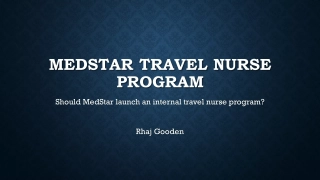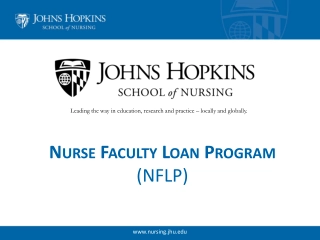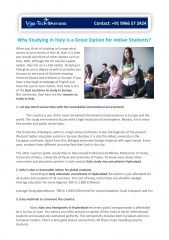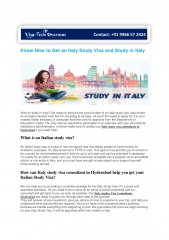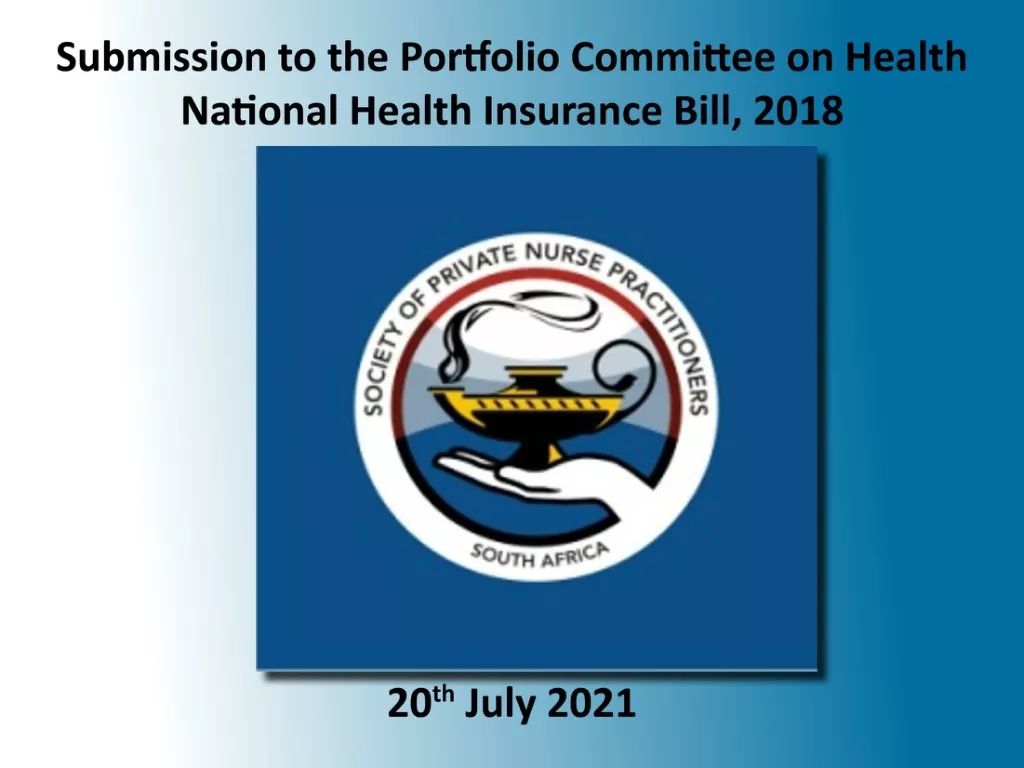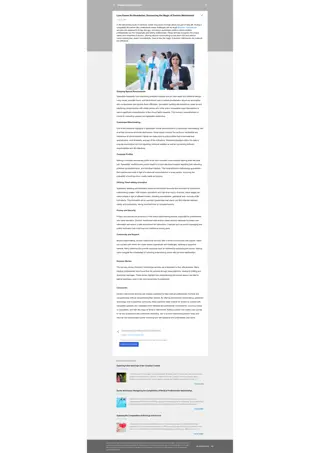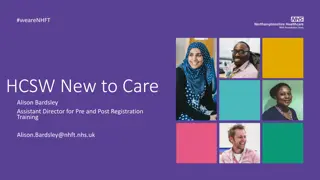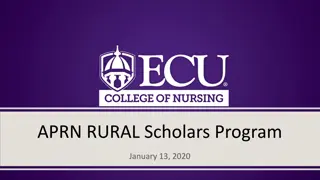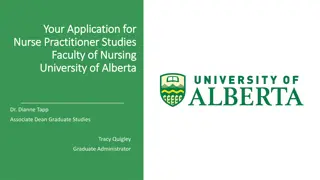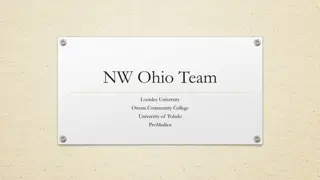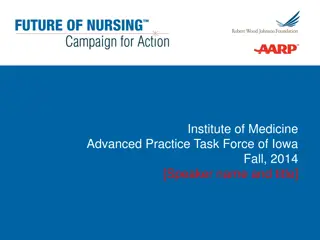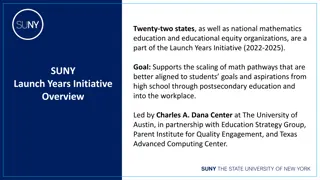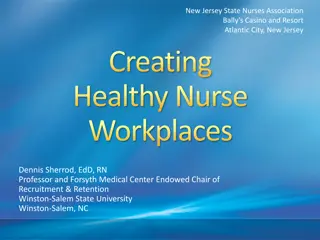Healthcare Education in Italy: Doctor vs. Nurse Pathways
In Italy, becoming a doctor requires a 6-year university course with optional specialization, while becoming a nurse involves a 3-year course. Nurses play a crucial role in patient care and medication management, advocating for autonomy and safety. Their responsibilities include recording patient history, administering medications, and monitoring for side effects.
Download Presentation

Please find below an Image/Link to download the presentation.
The content on the website is provided AS IS for your information and personal use only. It may not be sold, licensed, or shared on other websites without obtaining consent from the author.If you encounter any issues during the download, it is possible that the publisher has removed the file from their server.
You are allowed to download the files provided on this website for personal or commercial use, subject to the condition that they are used lawfully. All files are the property of their respective owners.
The content on the website is provided AS IS for your information and personal use only. It may not be sold, licensed, or shared on other websites without obtaining consent from the author.
E N D
Presentation Transcript
Health care education in Italy There are two different pathaways: 1. in order to become a DOCTOR you need a 6 years university course and then, if you want , you can get a two years or more for higher specialization 2. in order to become a NURSE you have to attend a three years course and then a not compulsory further specialization
HEALTH CARE HAS GOT A MEDICAL CENTRED APPROACH, thats why nurses are claiming for more authonomy, because they are limited in planning activities. Nurses play a crucial role in the safety of medicines management during transitional care. Therefore, they should be empowered and more involved in medicines management initiatives in the healthcare system. Patient safety and avoidance of medication errors during transitional care require that medicines management becomes a multidisciplinary collaboration with effective communication between healthcare providers..
Nurses duties A nurse exercizes ad promotes the culture of caring and safety While a doctor is in the back office ( MEDICAL PRESCRIPTIONS ARE ALWAYS NEEDED), a nurse directly relates with the patients, keeping in touch with them in a respectful and responsible way
NURSES TASKS Record details and symptoms of patients medical history and current health Prepare patients for exams and treatments Administrate medications and treatments Monitor patients for medicines side effects and reactions
NURSES REPONSABILITIES Nurses' responsibility for medication administration includes ensuring that the right medication is properly drawn up in the rightt dose, and administered at the right time through the right route to the right patient. It is known as the five rights or five R s of medication administration (To limit or reduce the risk of administration errors, many hospitals employ a single- dose system)
Rightpatient This is best practiced by nurses directly asking a patient to provide his or her full name aloud, checking medical wristbands if appropriate for matching name and ID number as on a chart. It is advisable not to address patients by first name or surname alone, in the event, there are two or more patients with identical or similar names in a unit. Depending on the unit that a patient may be in, some patients, such as psychiatric patients, may not wear wristbands or may have altered mentation to the point where they are unable to identify themselves correctly. In these instances, nurses are advised to confirm a patient s identity through alternative means with appropriate due diligence
Right drug ensuring that the medication to be administered is identical to the drug name that was prescribed. Some brand names or generic names may have very similar spelling or sound very similar due to prefix, suffix, or starting with the same first letter. For example, beta-blocker medications all end in -lol to aid in suggesting their mechanism of action. It is important to discern between two similarly named medications since the two drugs in question may have drastically different mechanisms of action or indications for prescribing. Recent evidence-based studies support the practice of prescribers writing out full generic names as opposed to brand names of medications along with the indication for prescribing when writing orders to help minimize confusion. Poor handwriting and abbreviations account for many medical errors due to misreading letters or numerals that appear differently to different individuals. When checking to ensure the correct medication name is printed on the product to be given to the patient, nursing staff need to remember also to check other critical information on packaging such as the expiration date and asking patients about known allergies or history of an allergic response to a drug they are about to administer, or an hypersensitivity reaction, or an expected side effect, such as nausea or diarrhea.
RightRoute Some common routes include oral, intramuscular, intravenous, topical, or subcutaneous injection. In modern medicine, medication administration has become more complex with the development of drugs that can be given via newer routes, including but not limited to central venous catheters, patient-controlled analgesia (PCA), epidural infusions, and intrathecal administration. It is crucial that nurses remain educated and up to date on newer medications or less commonly administered medications to learn how they are safely delivered to patients before being asked to do so in clinical practice. Additionally, nurses must have at least a minimal basic understanding of the physiology influencing drug absorption rates and time of drug onset, as these principles relate to medication administration
Right time administering medications at a time that was intended by the prescriber. Often, certain drugs have specific intervals or window periods during which another dose should be given to maintain a therapeutic effect or level. A guiding principle of this right is that medications should be prescribed as closely to the time as possible, and nurses should not deviate from this time by more than half an hour to avoid consequences such as altering bioavailability or other chemical mechanisms. Similarly, it is crucial that medications that are given by an infusion, such as intravenous medications, are administered at the correct rate. Failure to deliver a drug at the correct rate may lead to devastating consequences for a patient.
Right dose Incorrect dosage, conversion of units, and incorrect substance concentration are prevalent modalities of medication administration error. This error type stems from nurses giving a patient an incorrect dose of medications, even if it is the correct medication and the patient s identity is verified, without first checking to ensure it is the correct strength for the patient. This may be due to misplaced decimals, errors in arithmetic, or incorrect conversion between two units. For example, micrograms and milligrams may easily be mistaken with a quick, incorrect glance at unit abbreviations Studies that have emphasized observing positive behaviors nurses have adapted to help reduce medical errors include consulting with pharmacy personnel, using calculators to assist in arithmetic, or in some cases, cross-consulting with patients or their families about usual doses they administer at home like mcg versus mg.


